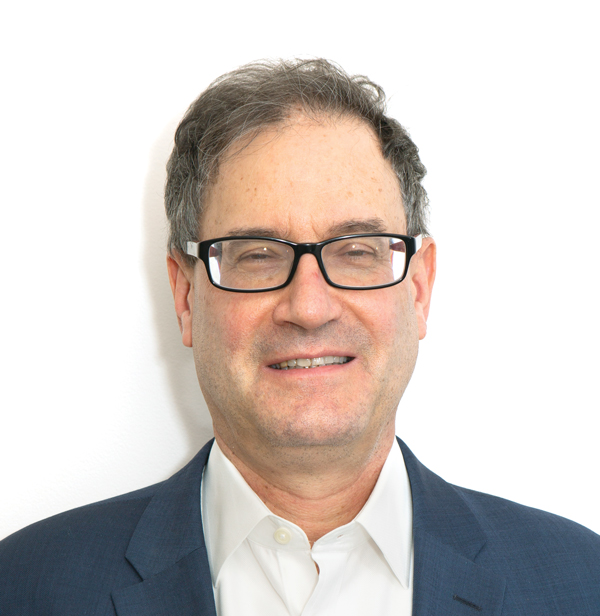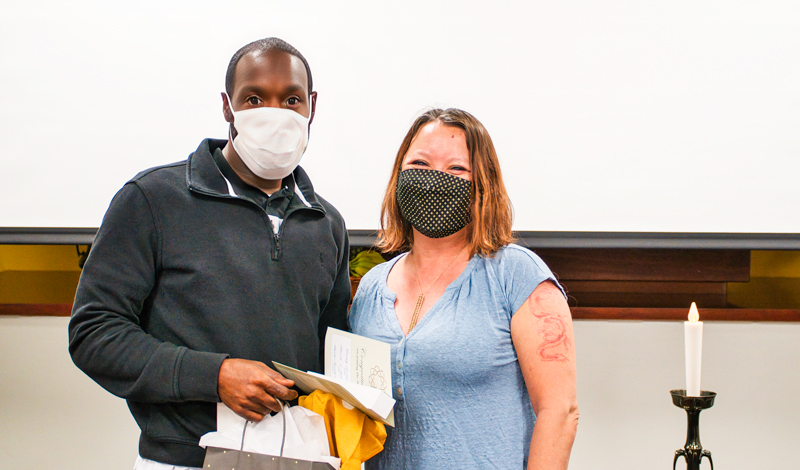SGI-USA General Director Adin Strauss gave the following words to open the Central Executive Committee Conference, held on March 4, 2023, at the SGI-USA Headquarters in Santa Monica, California.

by Adin Strauss
SGI-USA General Director
Welcome to the grand reopening! Myo means to revive, to be fully endowed and to open.[1] Toward that end, there are three things that I would like to talk about today.
First is propagation. Our determination in this Year of Youth and Triumph is for every district throughout the SGI-USA to help one precious youth begin their Buddhist practice and to foster them into someone who will contribute to world peace.
I’m going back to my own youthful days, when we studied the “Twenty-six Admonitions,”[2] one of which states, “As for practitioners who treasure the Law more highly than their own lives, even if they are but humble teachers of the Law, you must hold them in great esteem, revering them as you would the Buddha.” I hope we can look to the youth as mentors in sharing Buddhism. Can I ask the men and women to have the heart to support the youth in propagation?
In “Conversation between a Sage and an Unenlightened Man,” Nichiren Daishonin writes: “When truth and error stand shoulder to shoulder, and when Mahayana and Hinayana dispute which is superior, at such a time, one must set aside all other affairs and devote one’s attention to rebuking slander of the correct teaching. This is the practice of shakubuku” (see The Writings of Nichiren Daishonin, vol. 1, p. 126).
When truth and lies are shoulder to shoulder, and it’s difficult to distinguish between good and evil, this is the time when we have to step forward more than ever and speak about the one correct teaching that will enable everyone to become happy.
Planting seeds of Buddhahood has significance. We also want people to continue to practice Buddhism. In March 1983, I was sitting in a park in Japan, reading newspapers and dictionaries. A man came up to me and started talking about Nam-myoho-renge-kyo. I thought, Wow, this is why I moved away from New York. It’s a place where you walk down the street and anyone is liable to walk up to you and tell you anything.
It’s been exactly 40 years this month since this guy boldly shared Buddhism with me. I was so resistant. I thought religion was for weak people. I came from a family that was utterly atheist. For the first two years, I got to know Soka Gakkai members in my neighborhood, and they were wonderful people. My attitude was, I love hanging out with you, but don’t talk to me about Buddhism. They continued to warmly embrace me. From the time that seed was planted, a year and a half went by. I was one of those eternal guests. My sponsor managed to procure two tickets to the 1984 Kansai Culture Festival. I didn’t go. That must have been a great cause, however, because a month later, I decided to start practicing Buddhism. This persistent, warm member care was so vital. We talk so much about member care. It is not an either/or situation. It’s both seed planting and member care. I hope we can understand that point.
Point two: raising youth.
The Soka Gakkai is pulling out all the stops to raise youth. We’ve asked our youth leaders to come up with fresh approaches to youth activities. Without departing from the core aspects of faith, they can come up with refreshing new activities that will inspire and attract youth. I’m addressing this to everyone who supports.
Many of the current youth members will be graduating. This is sobering. This is why men and women must take full responsibility for fostering successors. Telling the youth to go find and raise youth is a meaningless exercise when there are so few youth leaders currently in place. We’ve got to face reality. If the men and women don’t take responsibility for nurturing and caring for youth, it’s not going to happen. Raising youth is a mandate for us.
Third point: unity.
I just want to confirm this passage from The Writings of Nichiren Daishonin: “If the spirit of many in body but one in mind prevails among the people, they will achieve all their goals, whereas if one in body but different in mind, they can achieve nothing remarkable” (“Many in Body, One in Mind,” WND-1, 618).
Swiftly sharing important information—the why and the how—and communicating with one another across divisional lines: that’s the key part of unity. If the divisions are not communicating or are out of rhythm, it’s hard to move forward. The need to cross divisions and unite is vital.
Since the start of this year, I have seen how the unity of a few people can turn into significant breakthroughs.
We held the opening of the new SGI Guam Ikeda Peace and Culture Center in January. Two to three months before then, 40 people were coming to kosen-rufu gongyo meetings on the island. Through tremendous unity, great member care and action, more than 180 members gathered for this meeting, excluding all the leaders visiting from outside the island. With unity, daimoku and member care, they created an amazing event.
And the West Territory “Emerge” youth meeting, which drew 1,200 youth in January at the SGI-USA World Culture Center in Santa Monica, California, was such a victorious start to the year.
This year, let’s do shakubuku, raise youth and be united.
Thank you very much.
You are reading {{ meterCount }} of {{ meterMax }} free premium articles

